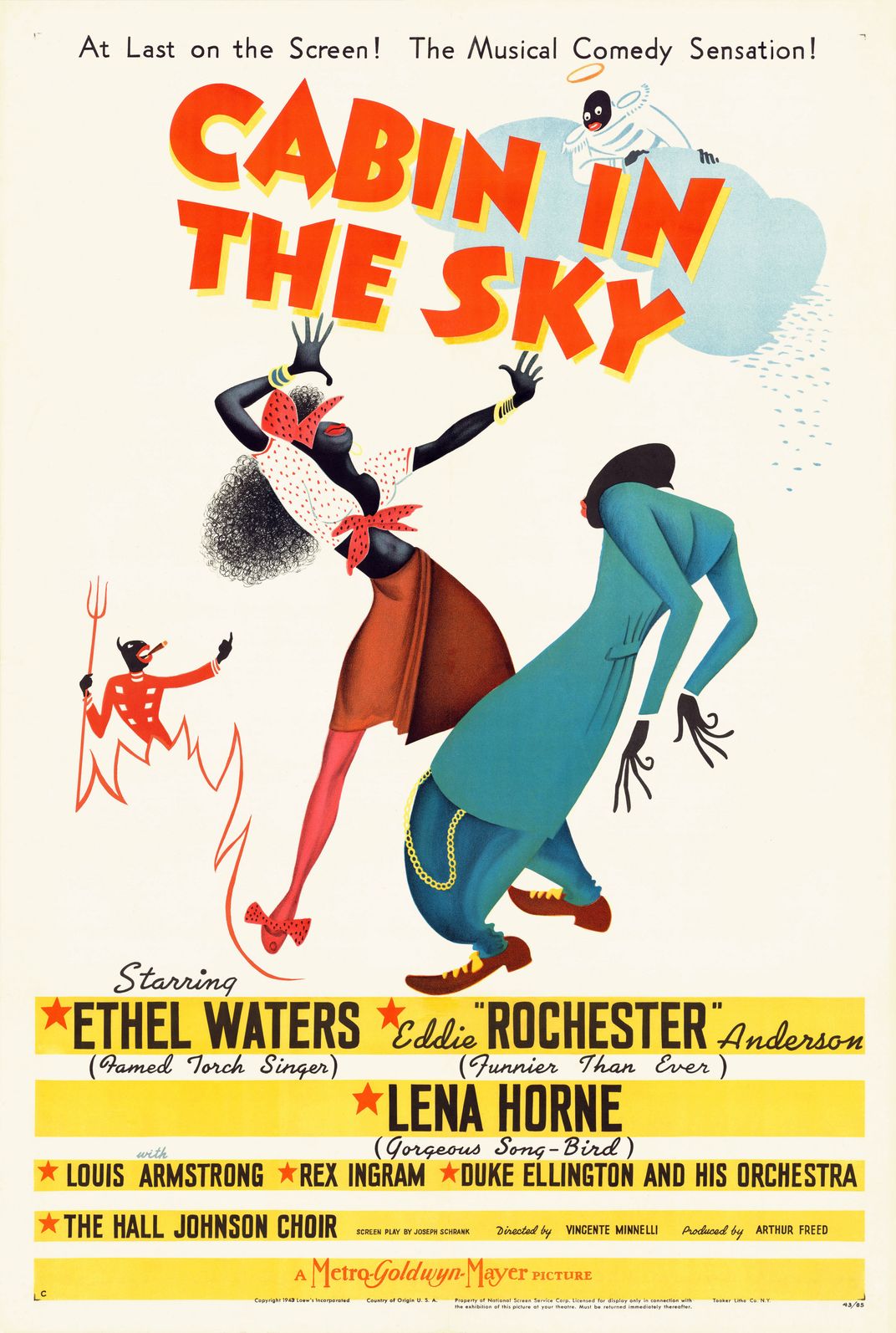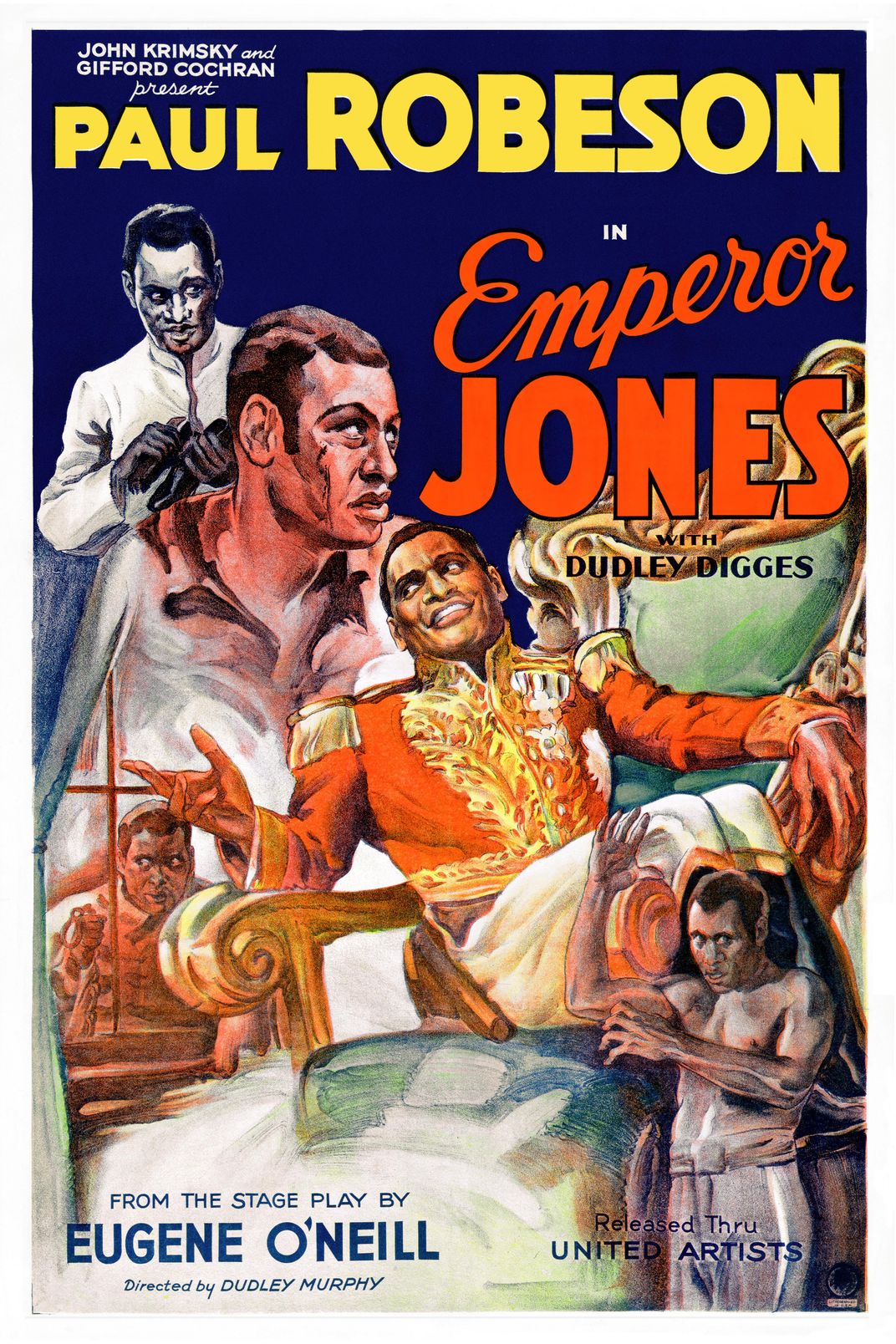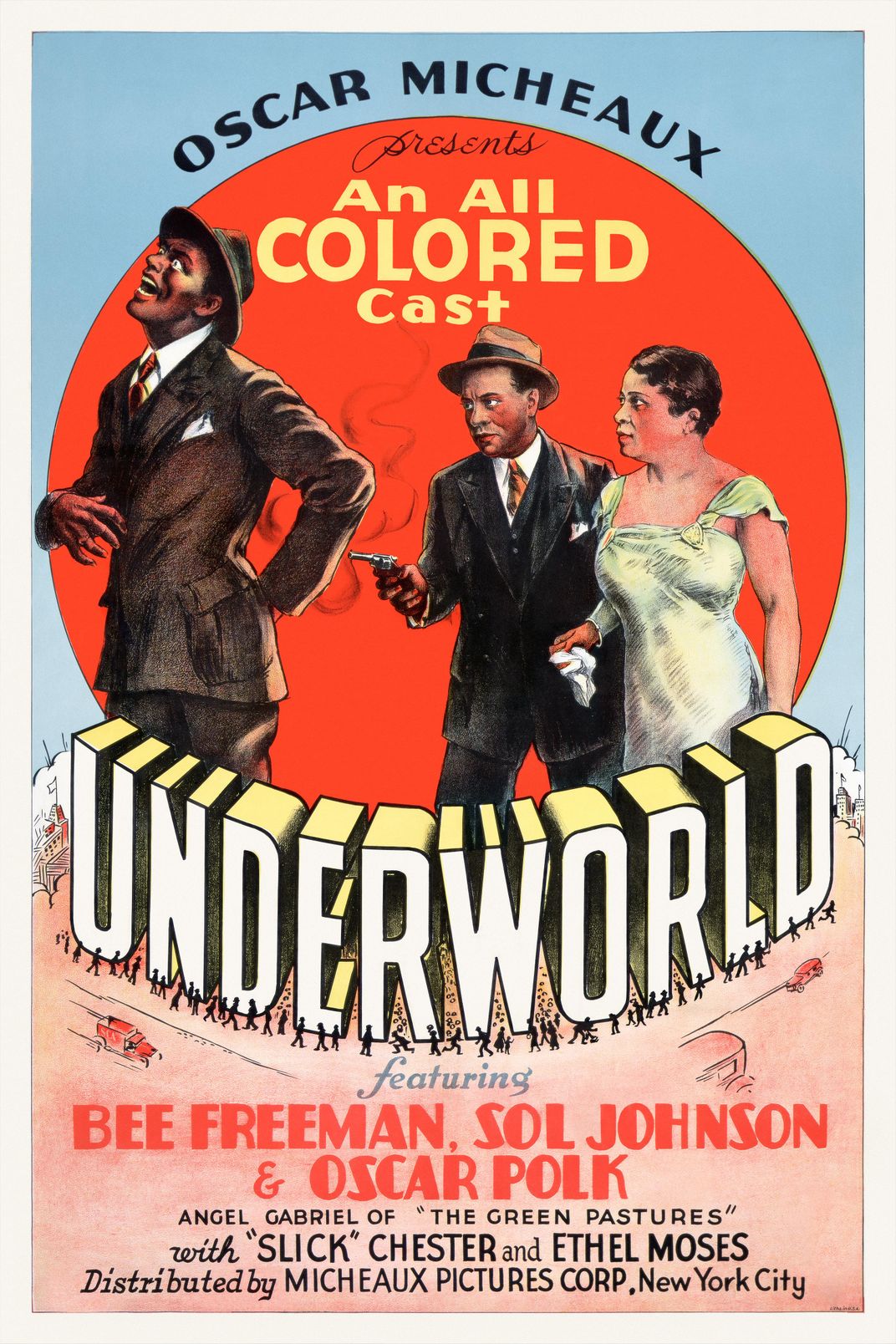George Lucas’ New Museum Acquires Major Archive of African American Film History
The Separate Cinema Archive contains more than 37,000 objects dating from 1904 to the present
/https://tf-cmsv2-smithsonianmag-media.s3.amazonaws.com/filer/3d/ba/3dba4018-6cf1-4127-a374-b4b66b3f0103/lucas.jpg)
The Lucas Museum of Narrative Art, a new cultural institution co-founded by Star Wars creator George Lucas, has acquired a major collection of memorabilia documenting the history of African American film from 1904 to 2019.
Dubbed the Separate Cinema Archive, the trove derives its name from the “race films” produced for African American audiences during the first half of the 20th century. Created by independent production companies outside of the “mainstream” film industry, the movies featured all-African American casts and created “a parallel universe of black films, with its own stars and traditions,” according to a statement.
The archive contains more than 37,000 objects, including posters, film stills, scripts and a reference library collected by film historian John Duke Kisch over the course of some 40 years. Kisch housed the archive in Poughkeepsie, New York, storing containers of memorabilia raised on blocks and wheels to protect them from floods, reported the New York Times’ Eve M. Kahn in 2014. At the time, curators from “major institutions” had visited the archive, which was for sale at an undisclosed seven-figure price.
A major component of the Separate Cinema Archive is its collection of movie posters, a selection of which Kisch published in a 2014 book. The posters form a timeline of 100 years of production styles, from simple silkscreens to complex paintings and abstract designs.
“The film posters in the archive constitute their own distinctive art form. Profoundly narrative in nature, they distill the essence of a story into one single image,” Lucas Museum film curator Ryan Linkof tells the Art Newspaper’s Wallace Ludel. “Taken together, the materials in the archive illustrate the widespread influence of African American cinema on society and culture.”
The race films of the Separate Cinema often told stories that highlighted issues relevant to the African American community, Jacqueline Stewart, a film expert at the University of Chicago and director of Black Cinema House, told NPR’s Hansi Lo Wang in 2016. The films, she said, addressed “the politics of skin color within the black community, gender differences, class differences, regional differences especially during this period of the Great Migration.”
Per the Times, some early posters for more obscure films used racist language, like “all-star colored casts” and “entertainers from the levees and cotton fields,” to advertise offerings. Others showcased titles still popular today, including Porgy and Bess and A Raisin in the Sun.
In recognition of the acquisition—and in honor of Black History Month—the Lucas Museum is partnering with the Los Angeles County Museum of Art (LACMA) to screen The Wiz, a 1978 musical reimagining of L. Frank Baum’s The Wonderful Wizard of Oz, and Do the Right Thing, Spike Lee’s 1989 exploration of racial inequality, on February 8. A discussion with Stewart will follow the evening showing of Do the Right Thing.
The Lucas Museum, co-founded by the Star Wars creator and his wife, Mellody Hobson, is currently under construction in Los Angeles. An opening date has yet to be announced, but the museum plans to present both permanent and rotating exhibitions on film, paintings, comics, photography, and the various art forms behind film—among others, storyboards, costume design and visual effects.
“It's a shame that it's taken almost 100 years to get these films back out,” Paul Miller, executive director of an independent project aimed at restoring early African American films, told Wang in 2016. “They should be well-known, and they should be part of the basic premise of early American cinema, period.”


